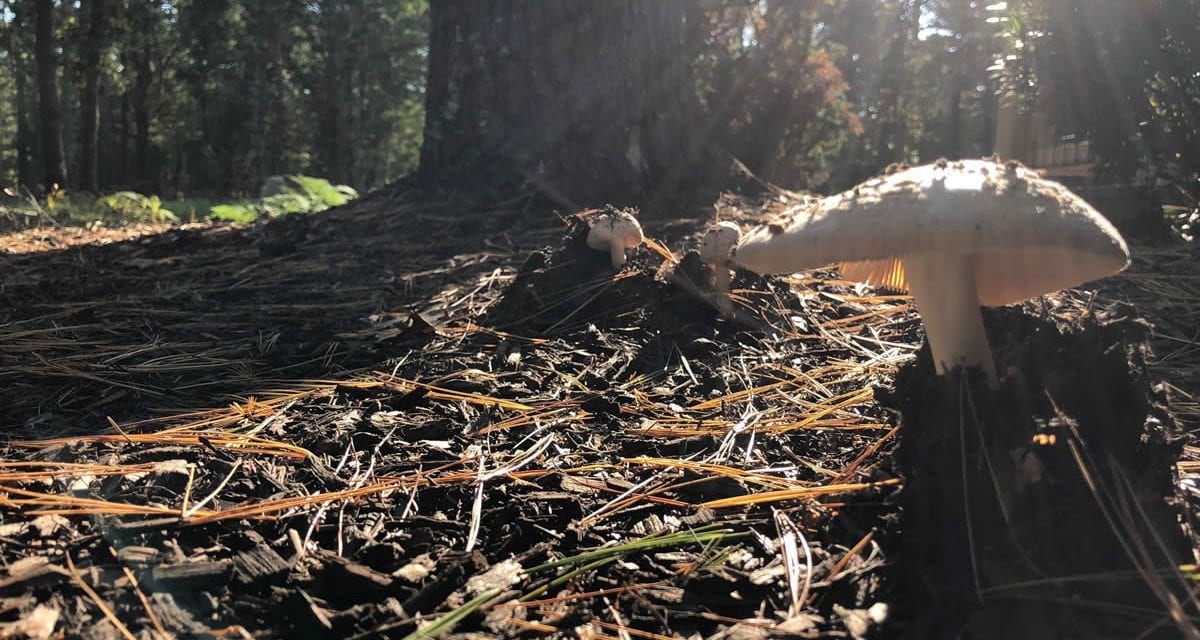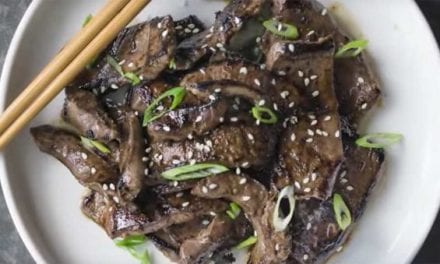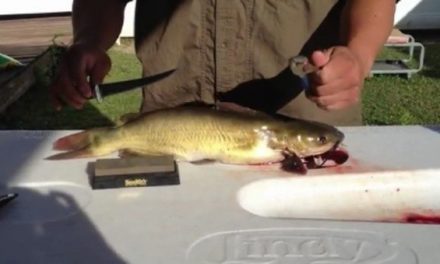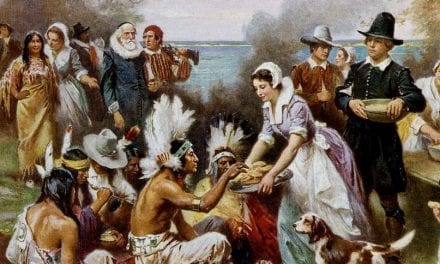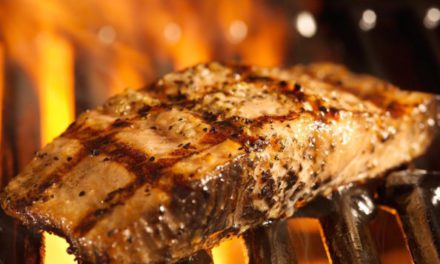By Todd Corayer
Special to Outdoor Enthusiast Lifestyle Magazine
We see them on our walks and commutes, growing under bushes, popping out of mulch or clinging to oak trees. Some species are more commonly found in shaded, damp woods while others will grow in rotting hay bales or near areas rich with cow manure. From the gorgeous whites of a lions mane to short stemmed bolets freckled orange and yellow to some out-of-this-world feather patterns on a peasant polypore, mushrooms thrive all around us but few understand how many are native to Rhode Island and more importantly for some, which are edible. A first recommendation for people new to mushroom foraging is to find a mentor, someone with great experience identifying species, especially edible varieties with strong or subtle taste profiles.
Ryan Bouchard and Emily Schmidt started the Mushroom Hunting Foundation in Rhode Island to not only help us learn those basic differences but to encourage real appreciation for the fun of mushroom hunting. Together they lead groups on foraging expeditions, instruct classrooms full of students and entertain organizations with hands on instruction. They are precisely the type of passionate mycologists who take great joy in showing the such possibilities of discovery in the outside world then easily translate that passion to so many culinary delights for the inside world.
Ryan Bouchard applied his years of foraging to his first book and the first dedicated to hunting for mushrooms in The Ocean State, Gourmet Mushrooms of Rhode Island 2015. A calendar concept for a year’s worth of mushrooms, it was followed this year with Gourmet Mushrooms of The Northeast 2019. This large format calendar/book is a wonderful, beautifully designed, thorough examination with twelve months of color photography, species details, recipes, introductions to notable mycologists and anecdotes of his foraging, identifying, preparing and consuming mushrooms.
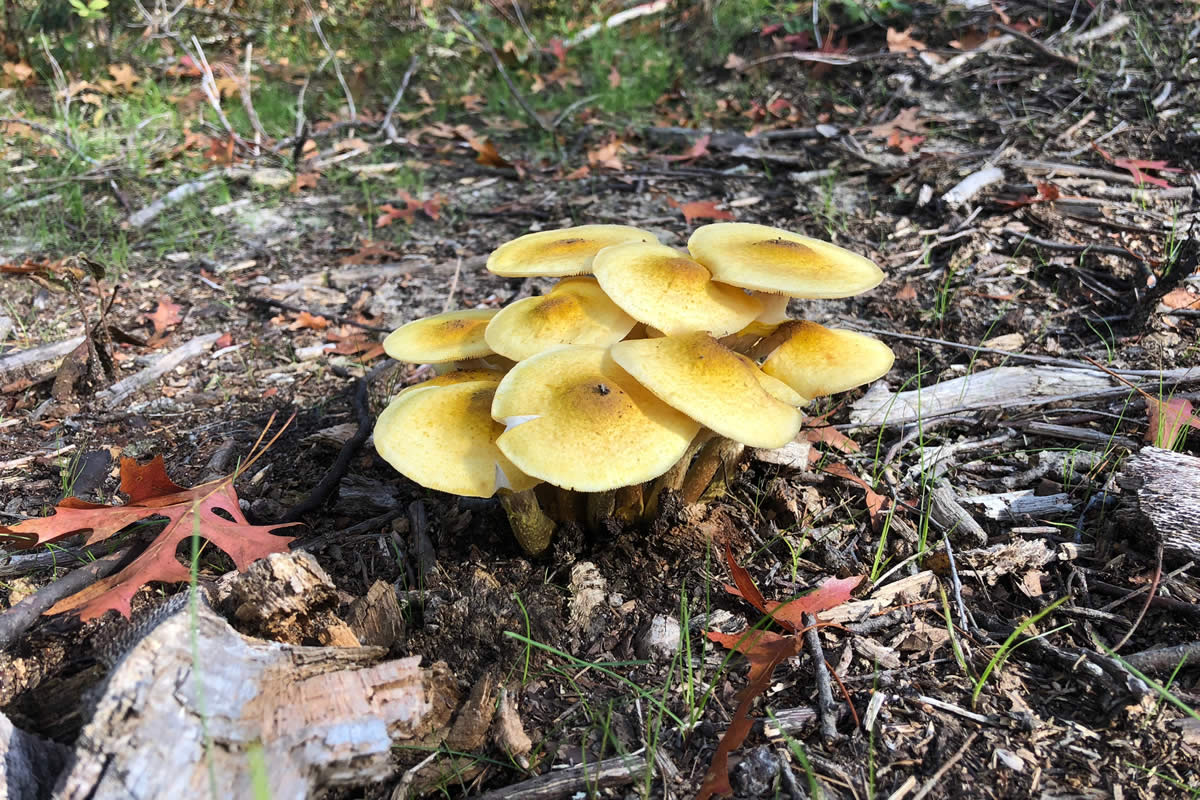
Emily Schmidt enjoys focusing on the culinary aspect of mushrooms and their nutritional benefits. Eating the mushrooms you foraged can bring amazing, new, smoky flavors to meals but often with some risk. Misidentifying a chanterelle from a Jack-o’lantern may mean wasted time in the field and a sore stomach. Emily also studies how mushrooms were incorporated into different societies over time. For thousands of years, mushrooms were used as nutritional supplements and often as a sign of higher societal standing. One Phoenician writer referred to mushrooms as “sons of gods” considering they grew without the planting of seeds. In addition to all that, she’s interested in how local mushrooms can help keep nature clean by removing a host of toxins. Called mycoremediation, mushrooms are being studied as cost-effective bioremediators, meaning that depending on locations, certain species will uptake pesticides, petroleum, PCB’s or heavy metals, including lead, copper, mercury and arsenic. There’s great potential for cleaning up environmental waste without needing synthetic materials.
Because of their extensive experience, they’ve been invited to speak to the Barrington Community School, the University of Rhode Island’s Osher Lifelong Institution, the Adirondack Fold School, The Compass School and others. They’ve worked with the URI Master Gardeners and the RI Natural History Survey’s Bio Blitz and will gladly provide instruction to private parties, groups or parks and recreation departments.
Ryan and Emily have much to offer those with established interests in mushroom foraging who wish to expand their knowledge and they’re excited about training newcomers to the adventures awaiting them in woods, fields and maybe, right in our own back yards.

